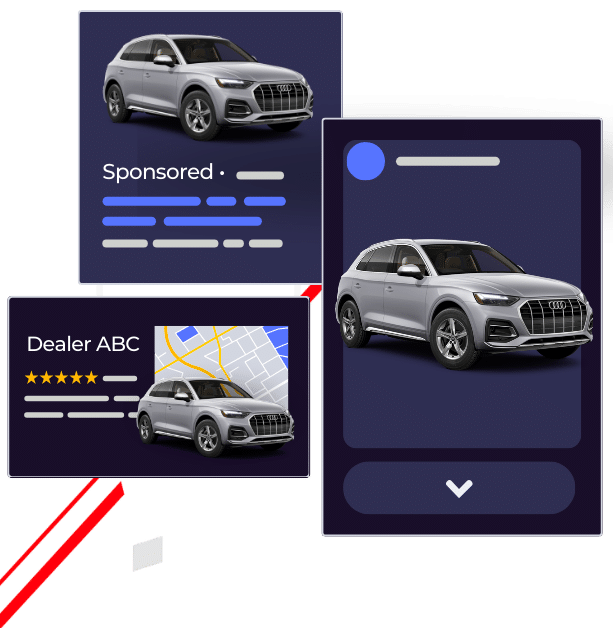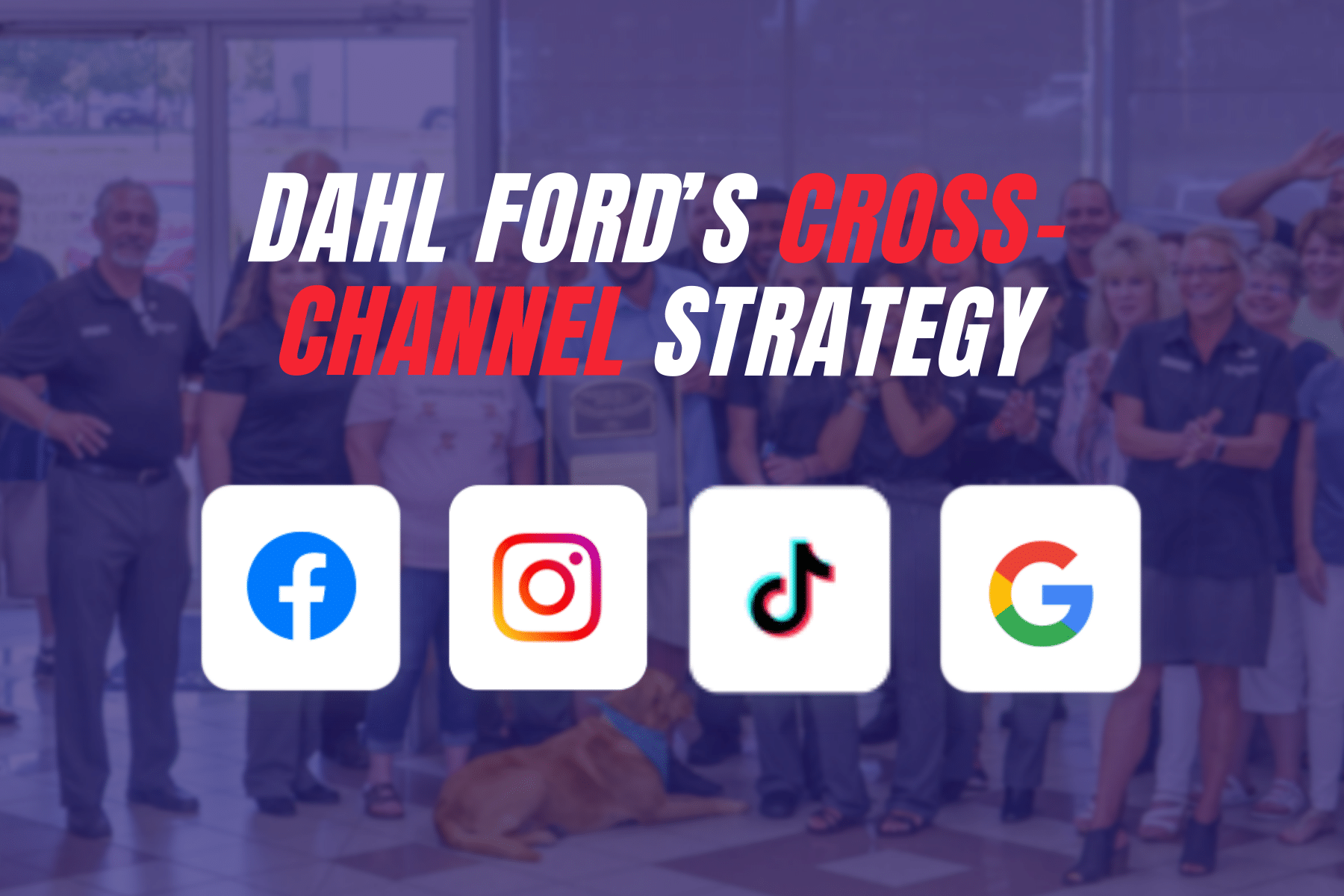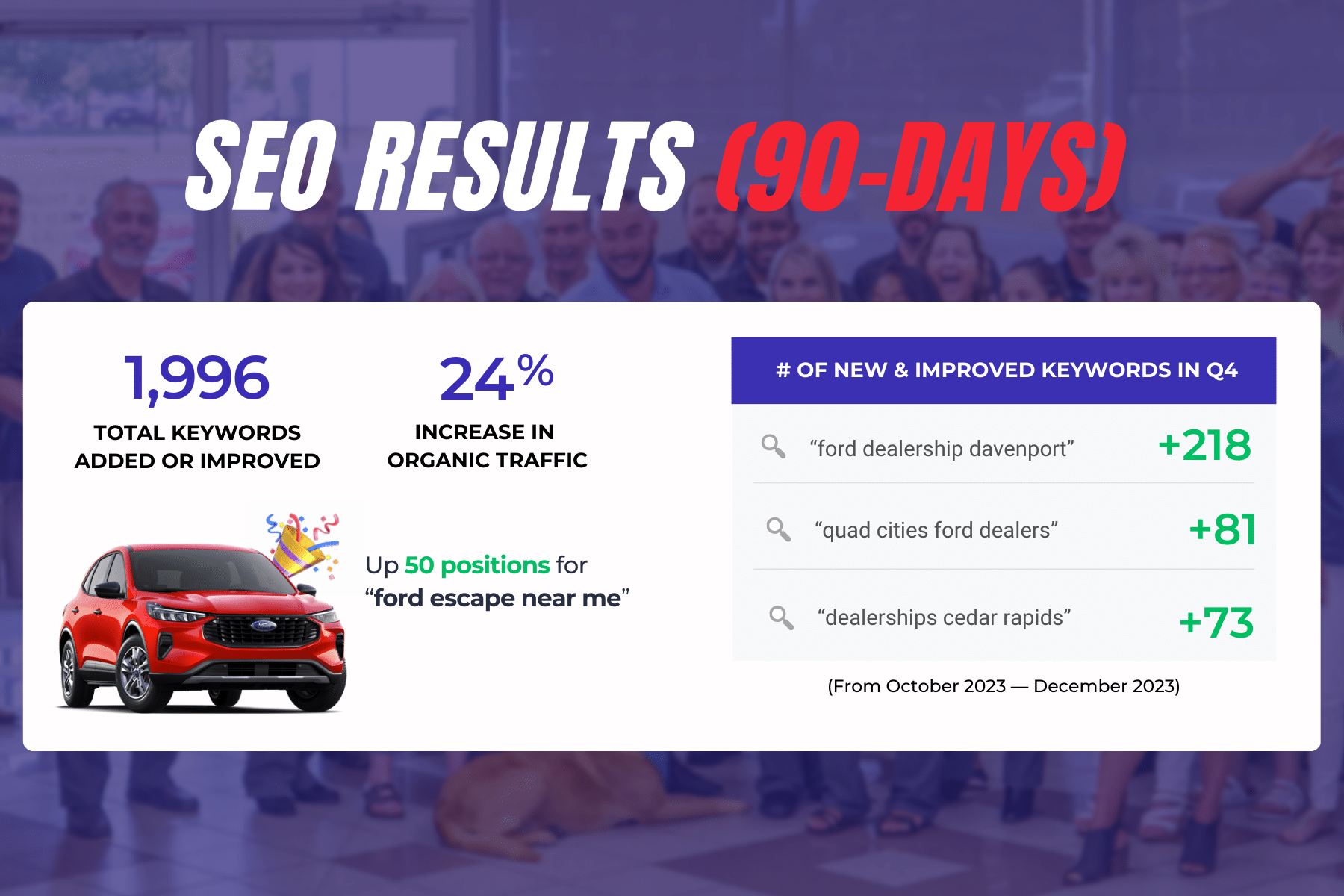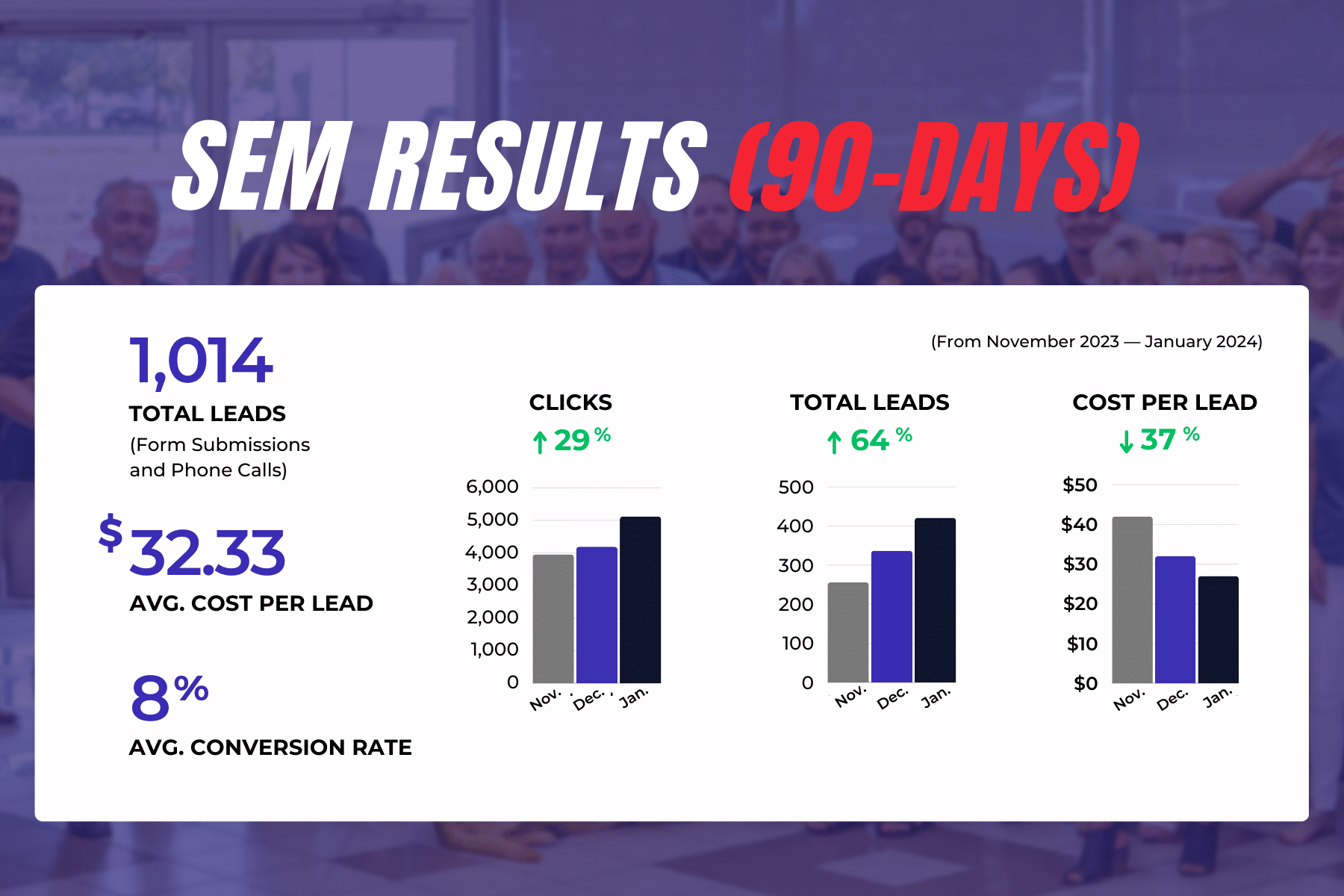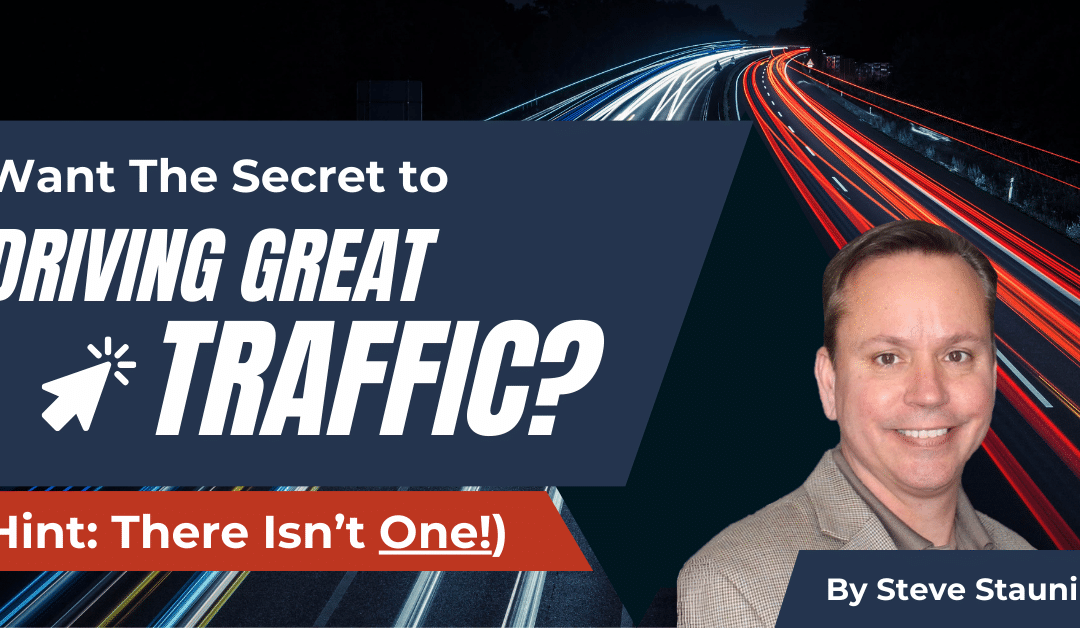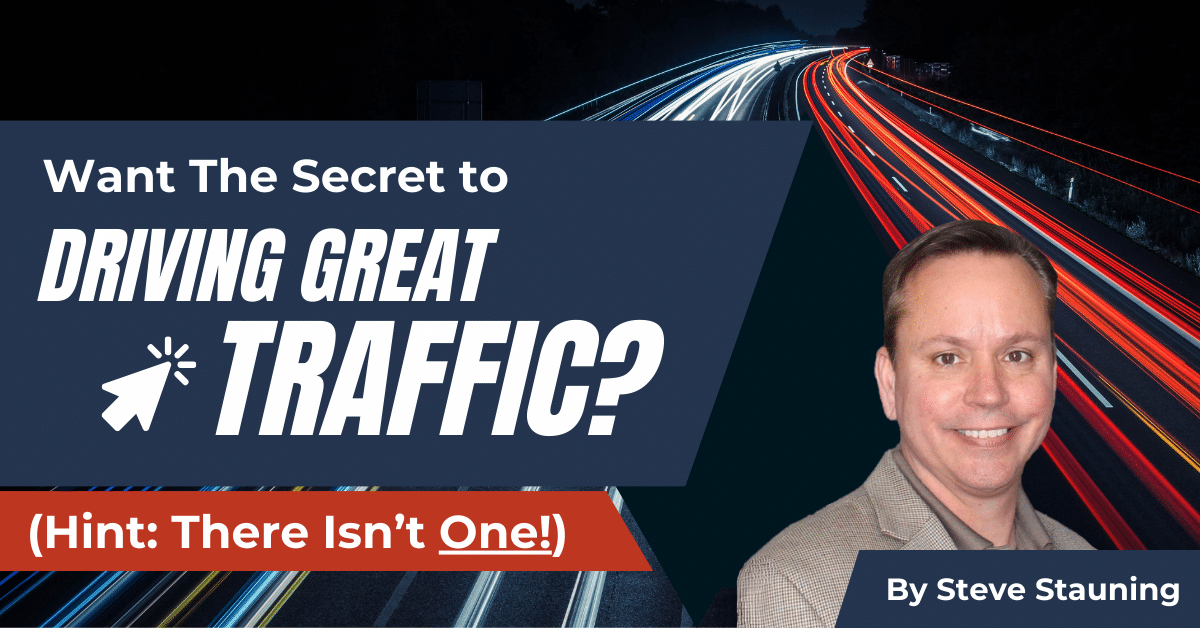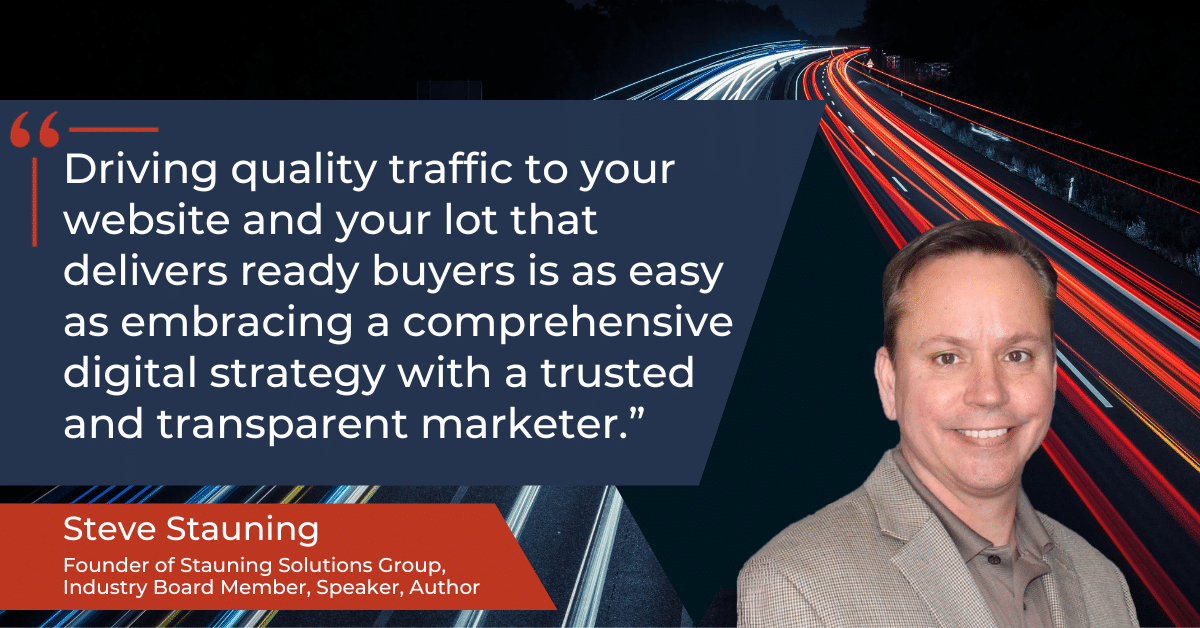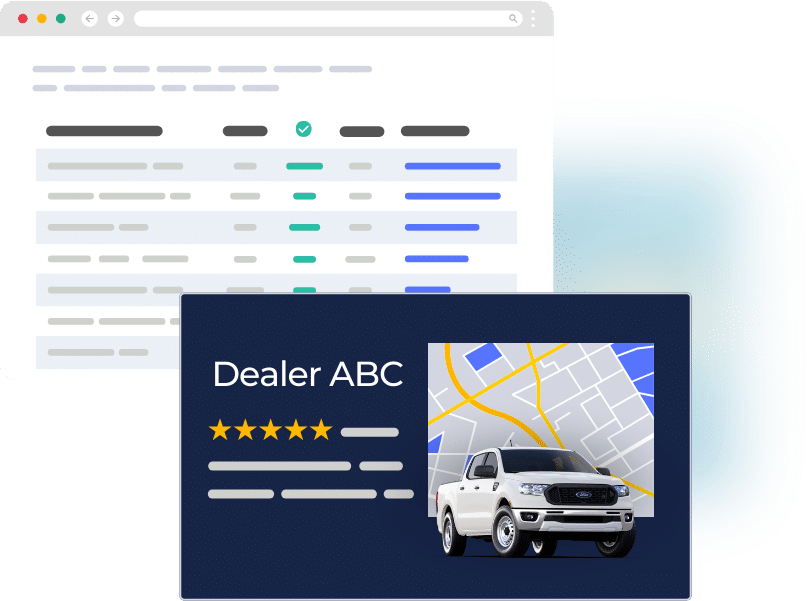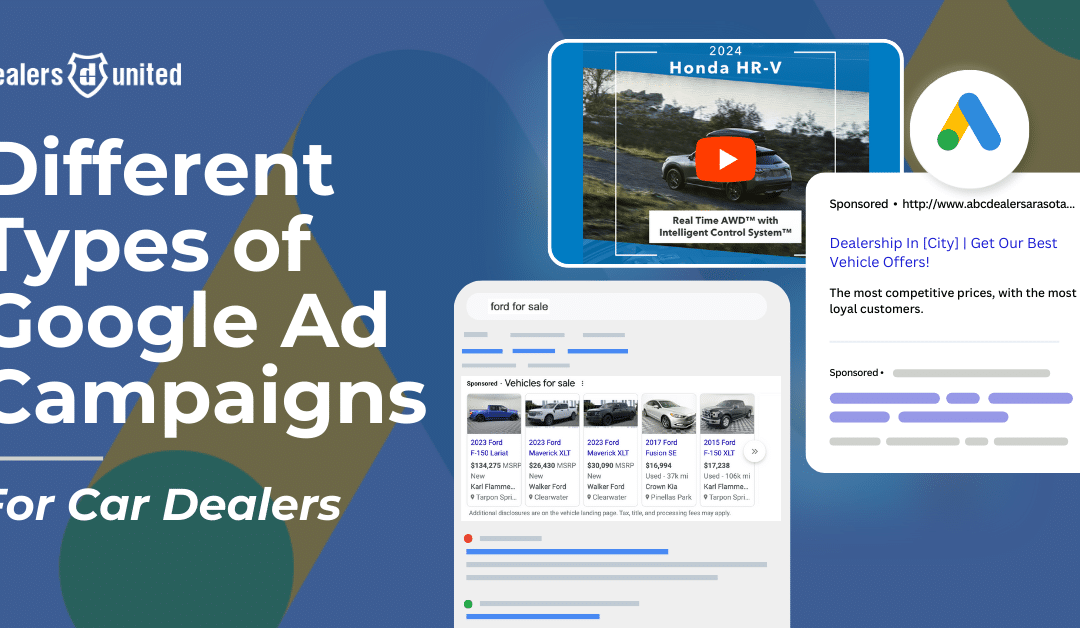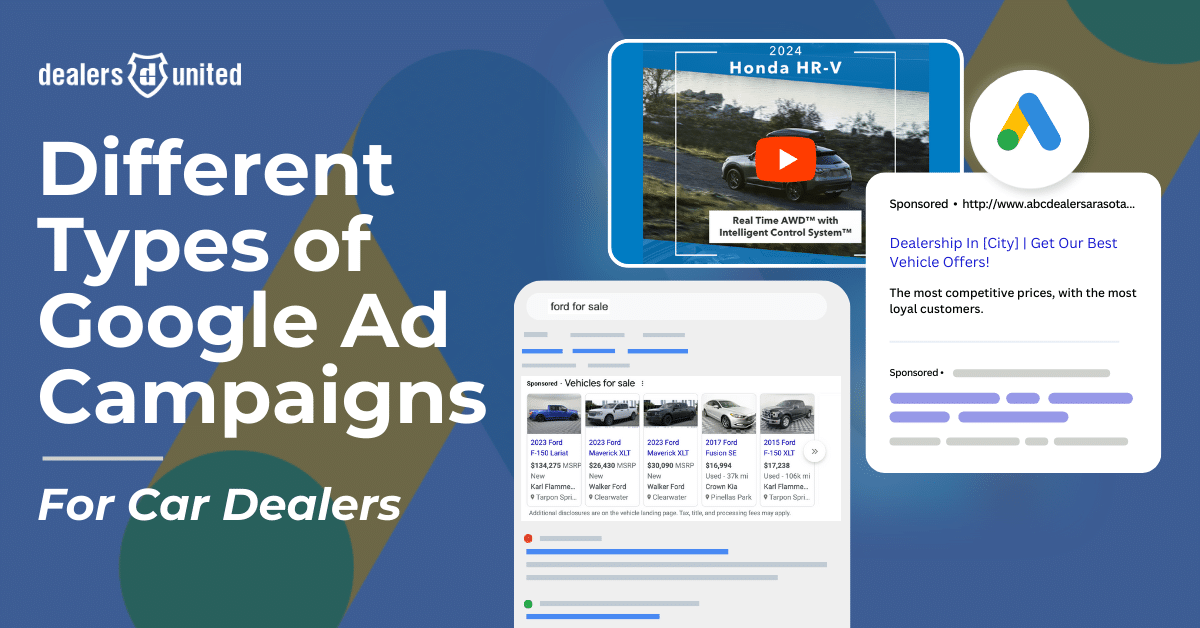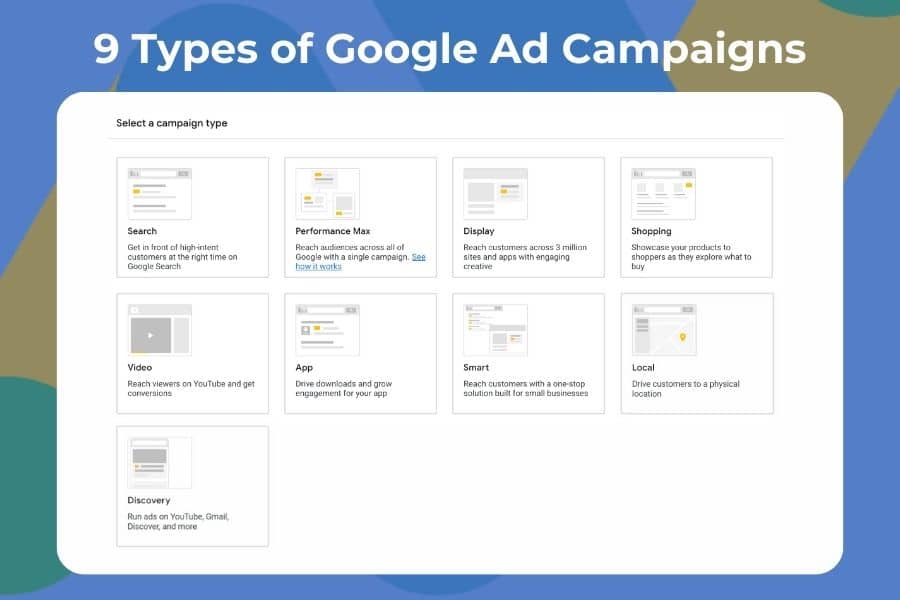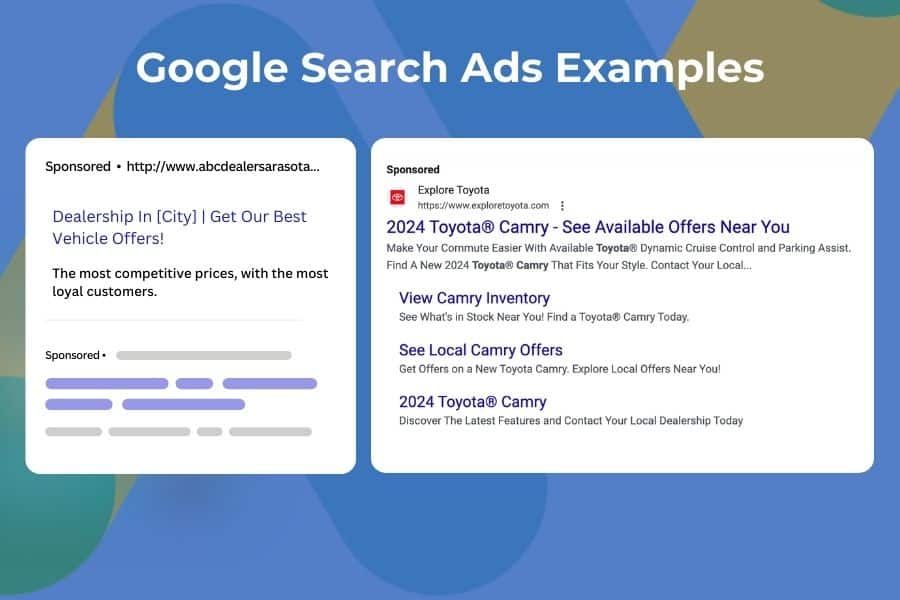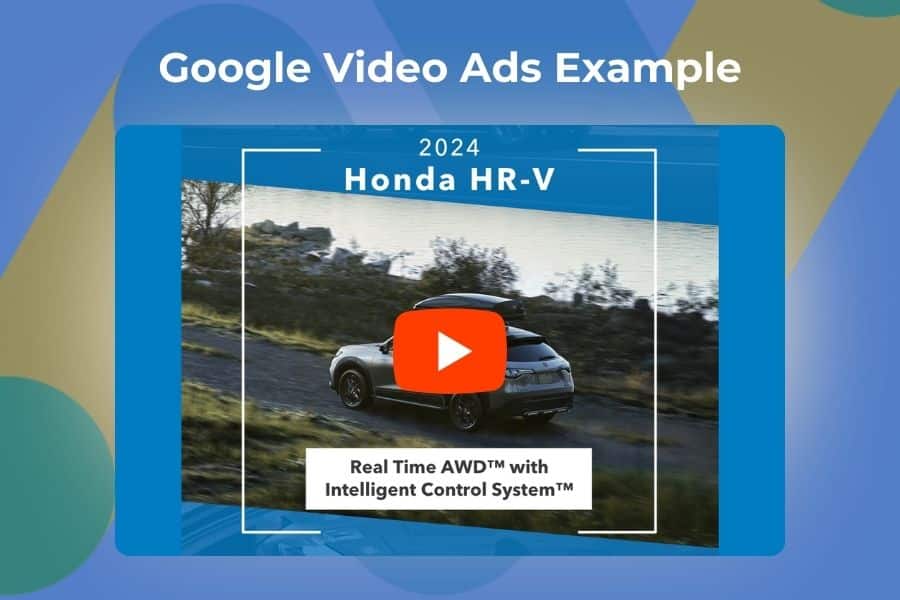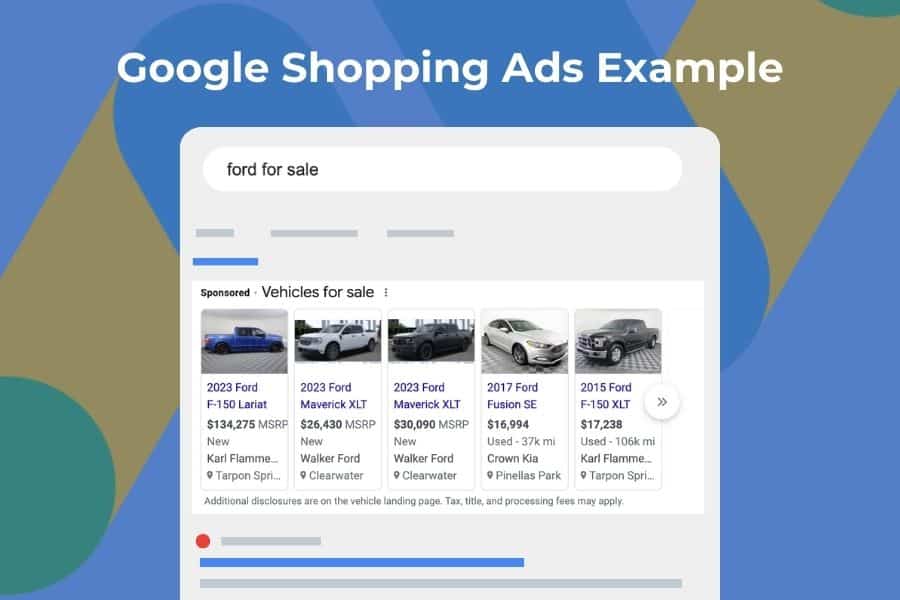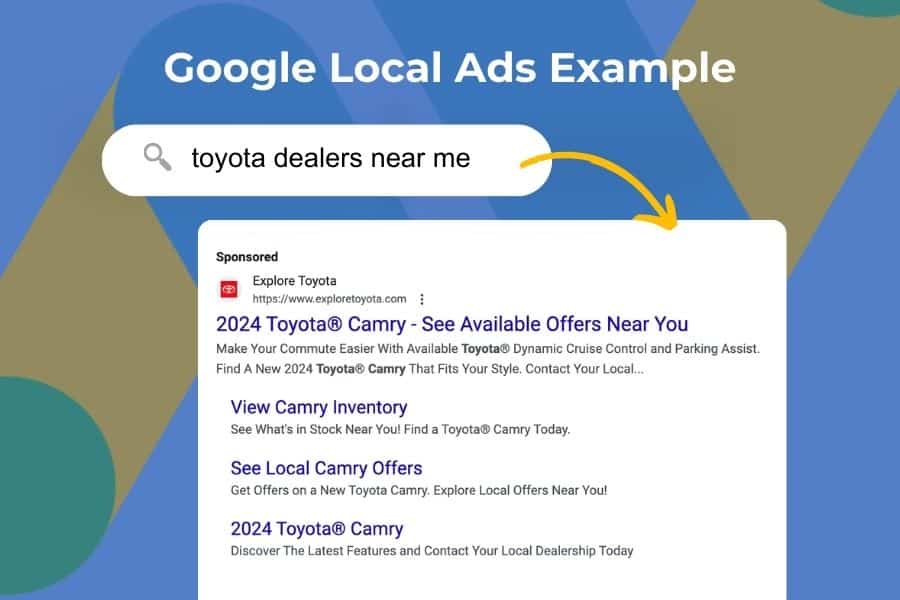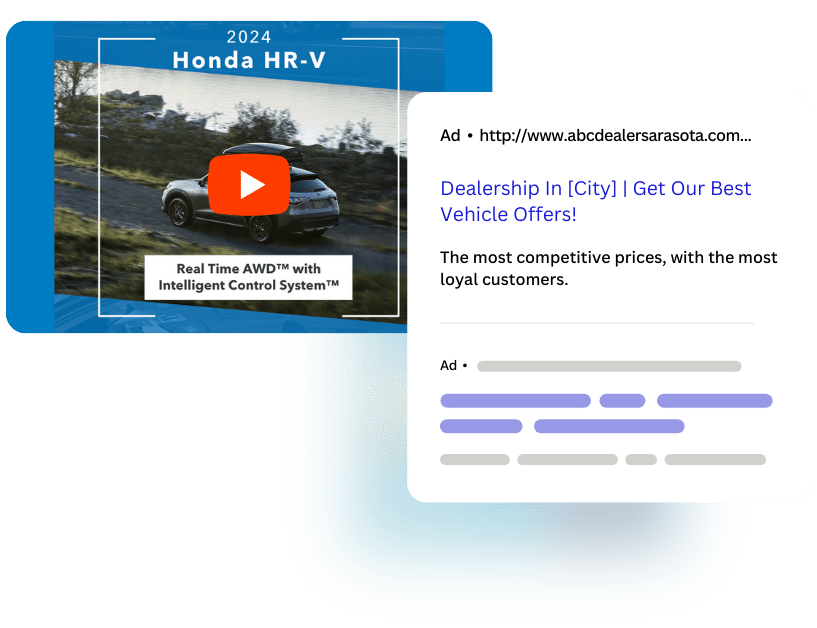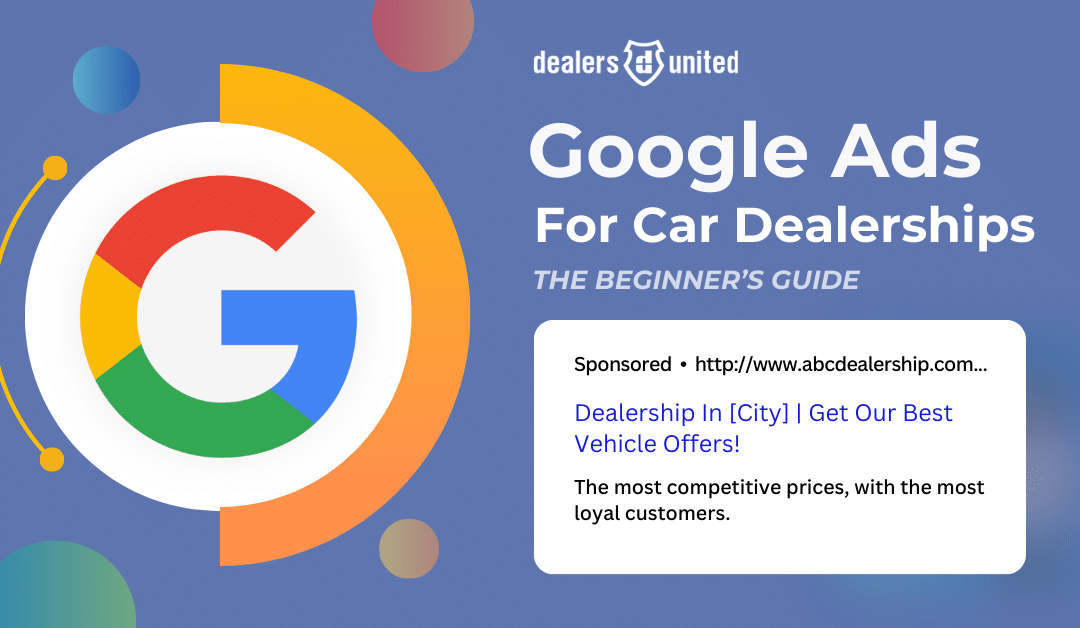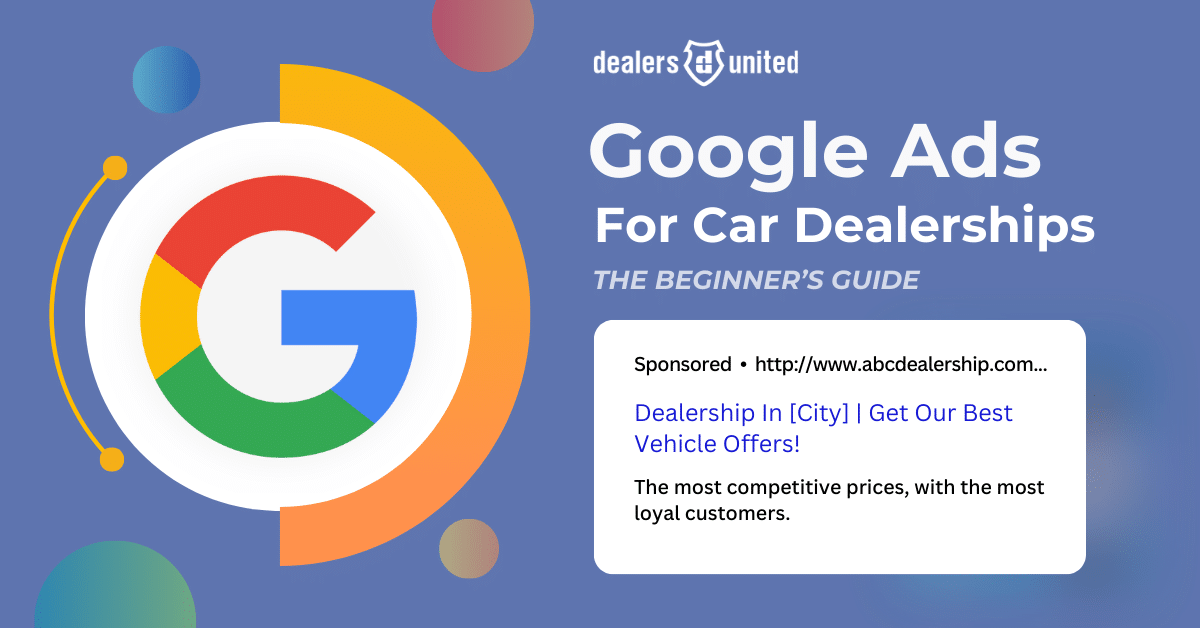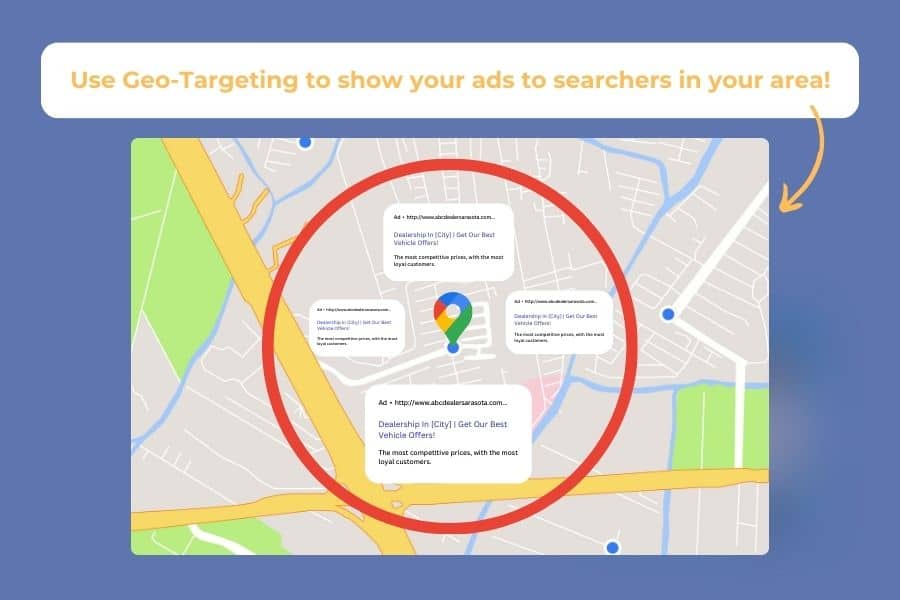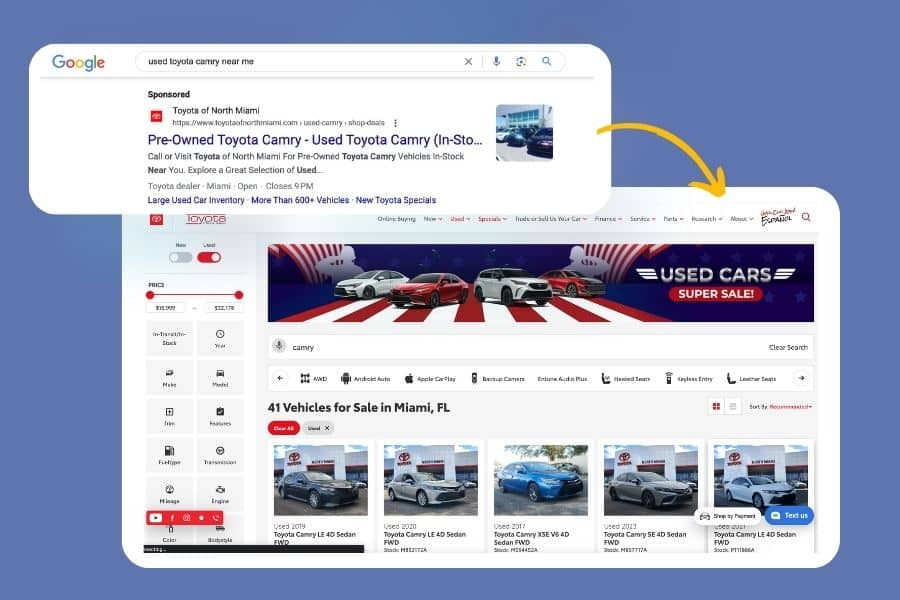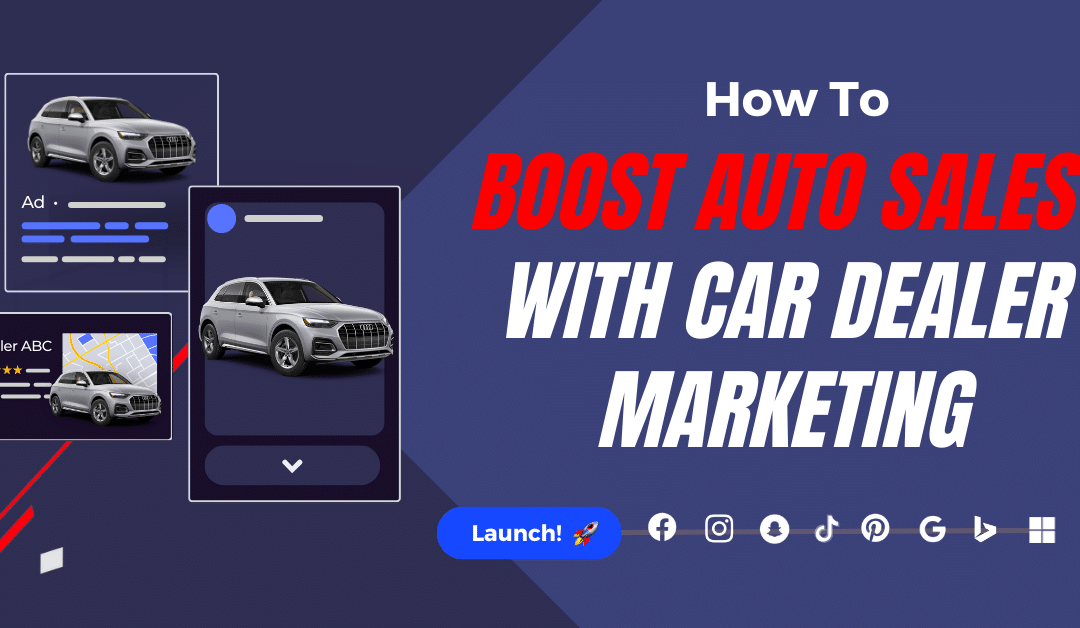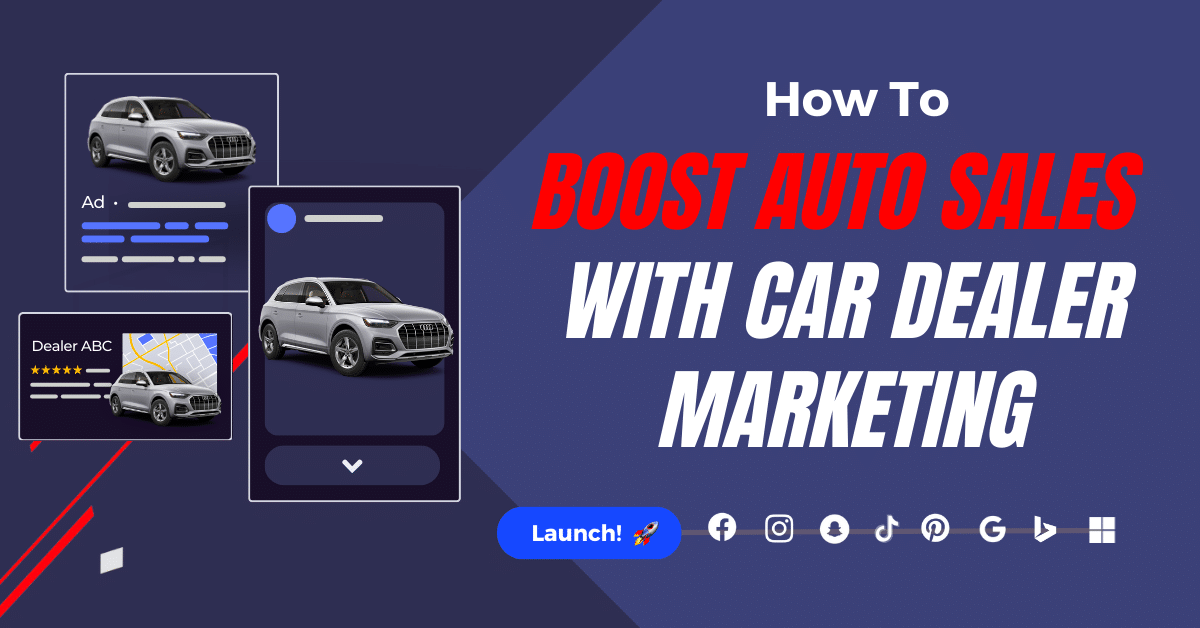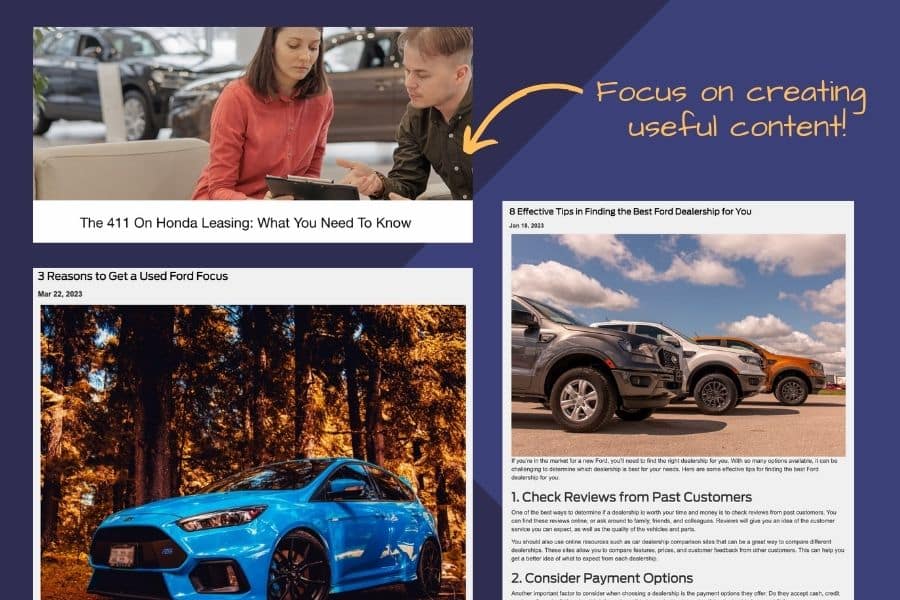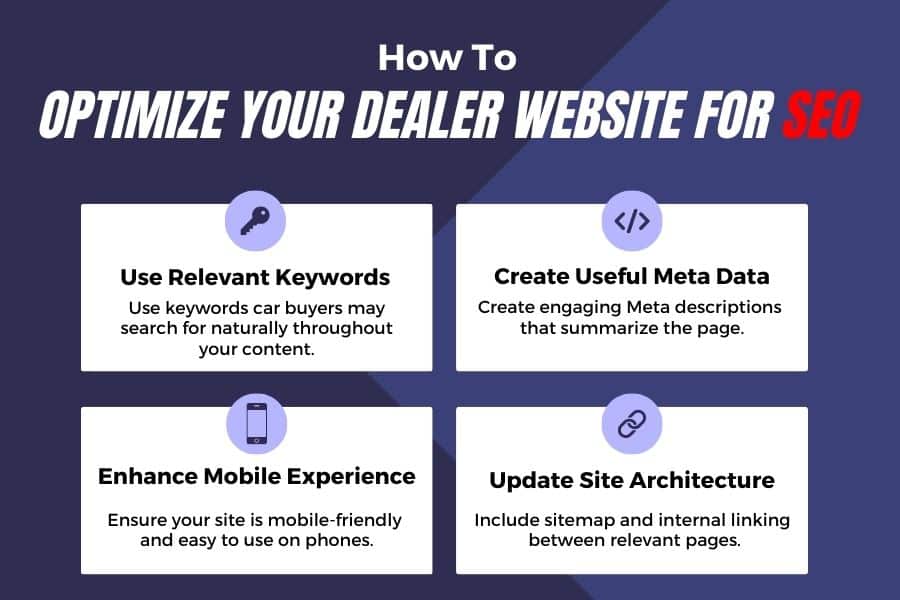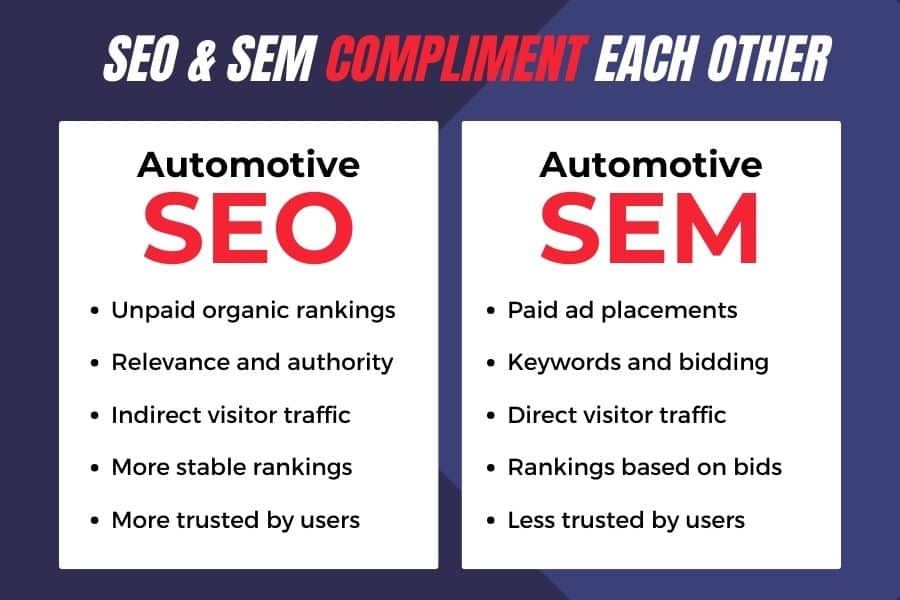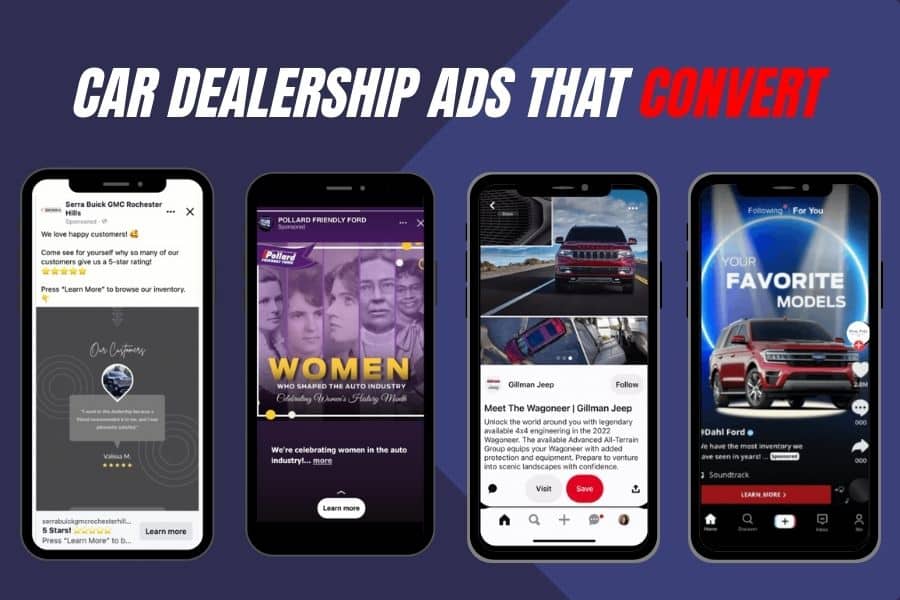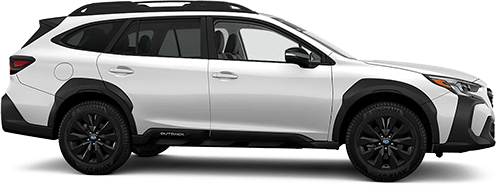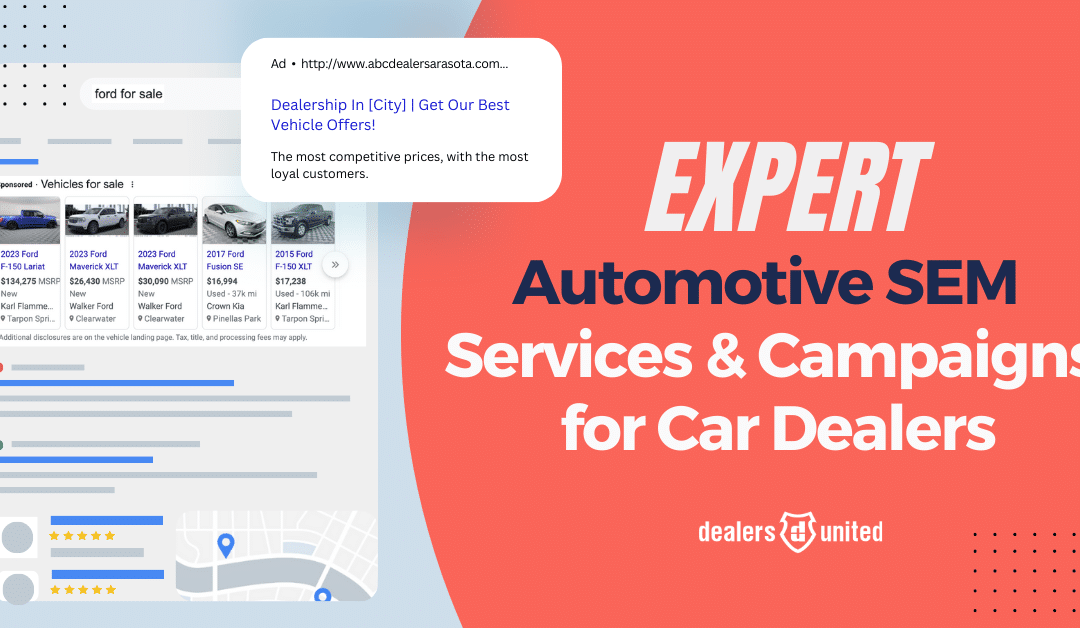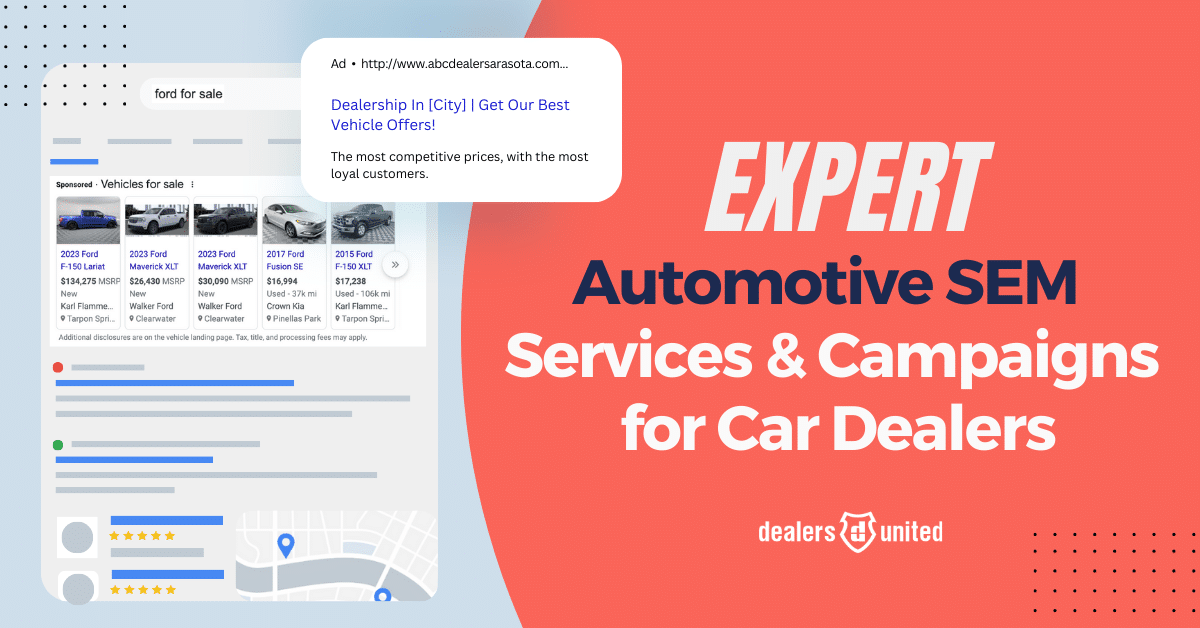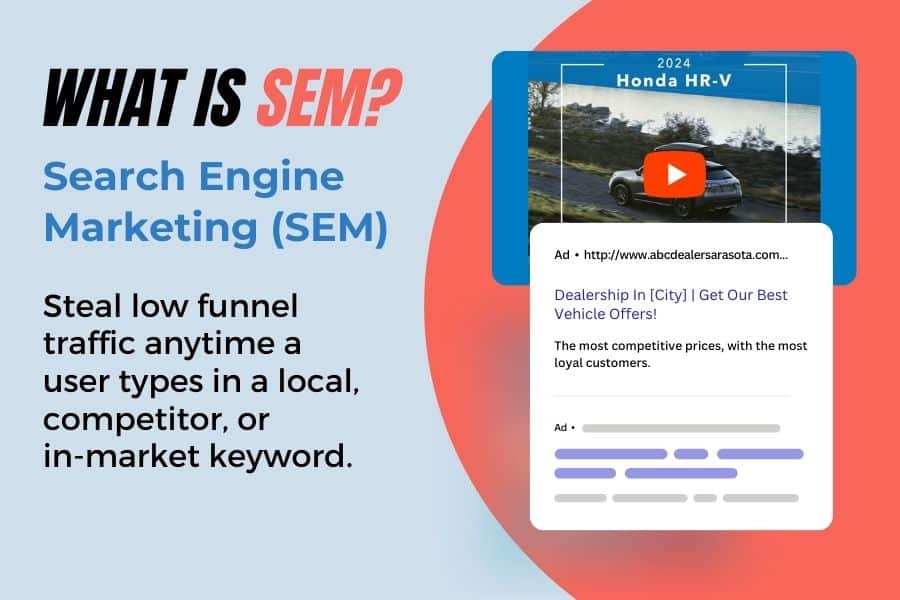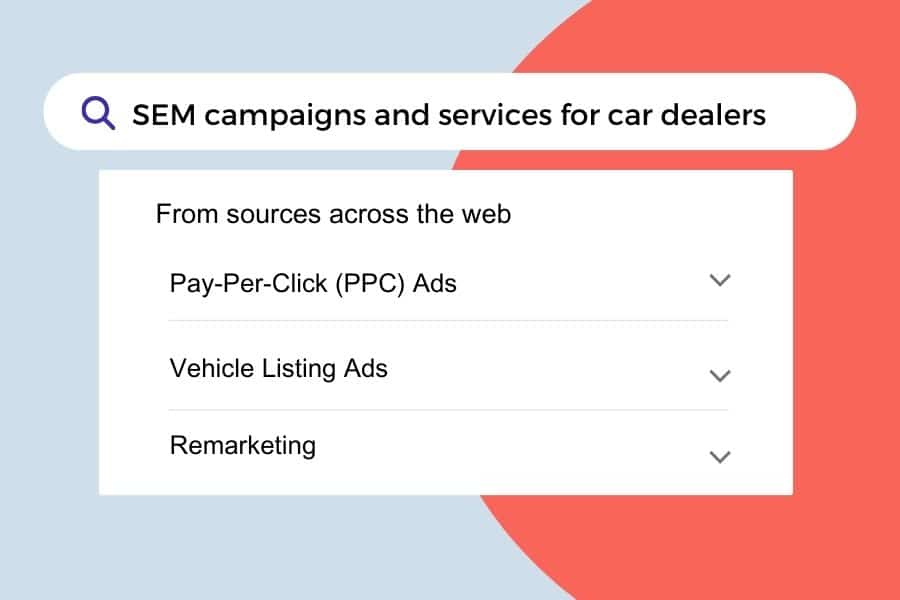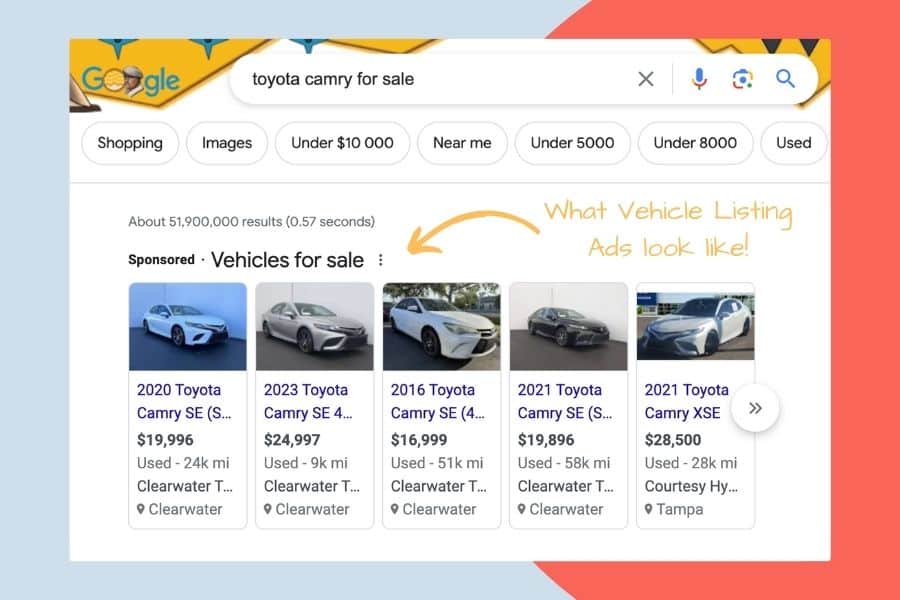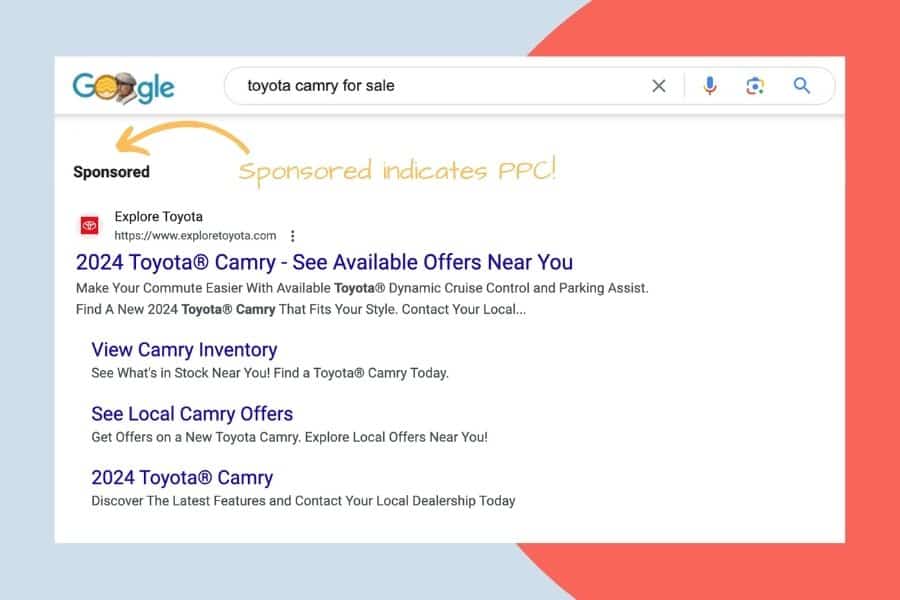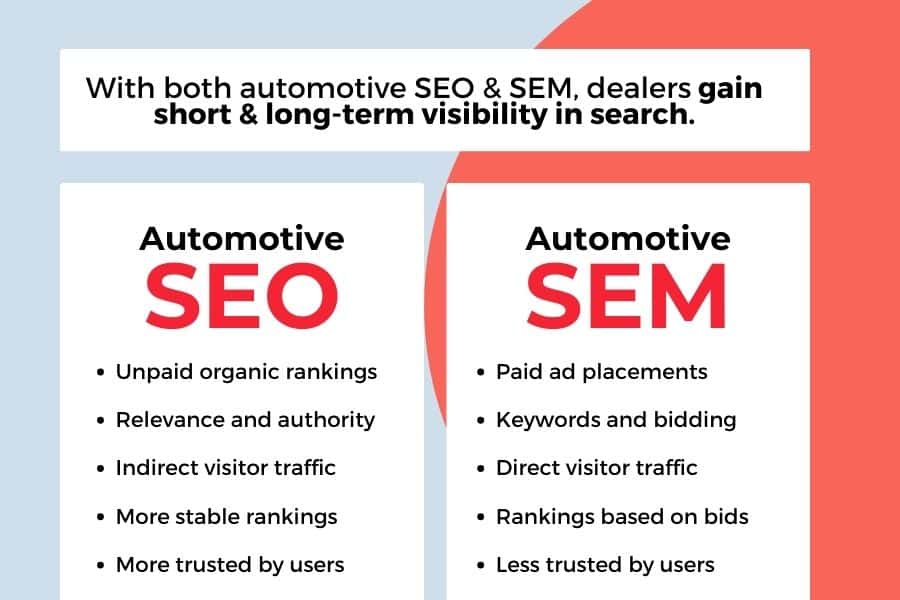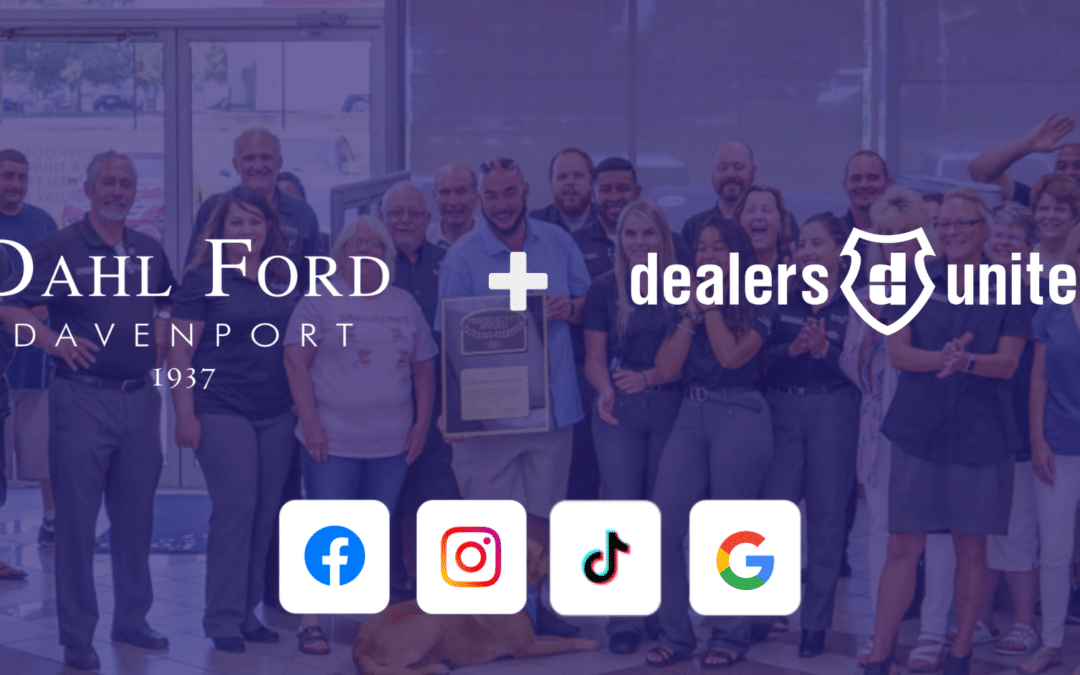
How Dahl Ford Boosted Leads & Traffic with SEO, SEM, and Disruptive Social Ads
How Dahl Ford Boosted Leads & Traffic with SEO, SEM, and Disruptive Social Ads
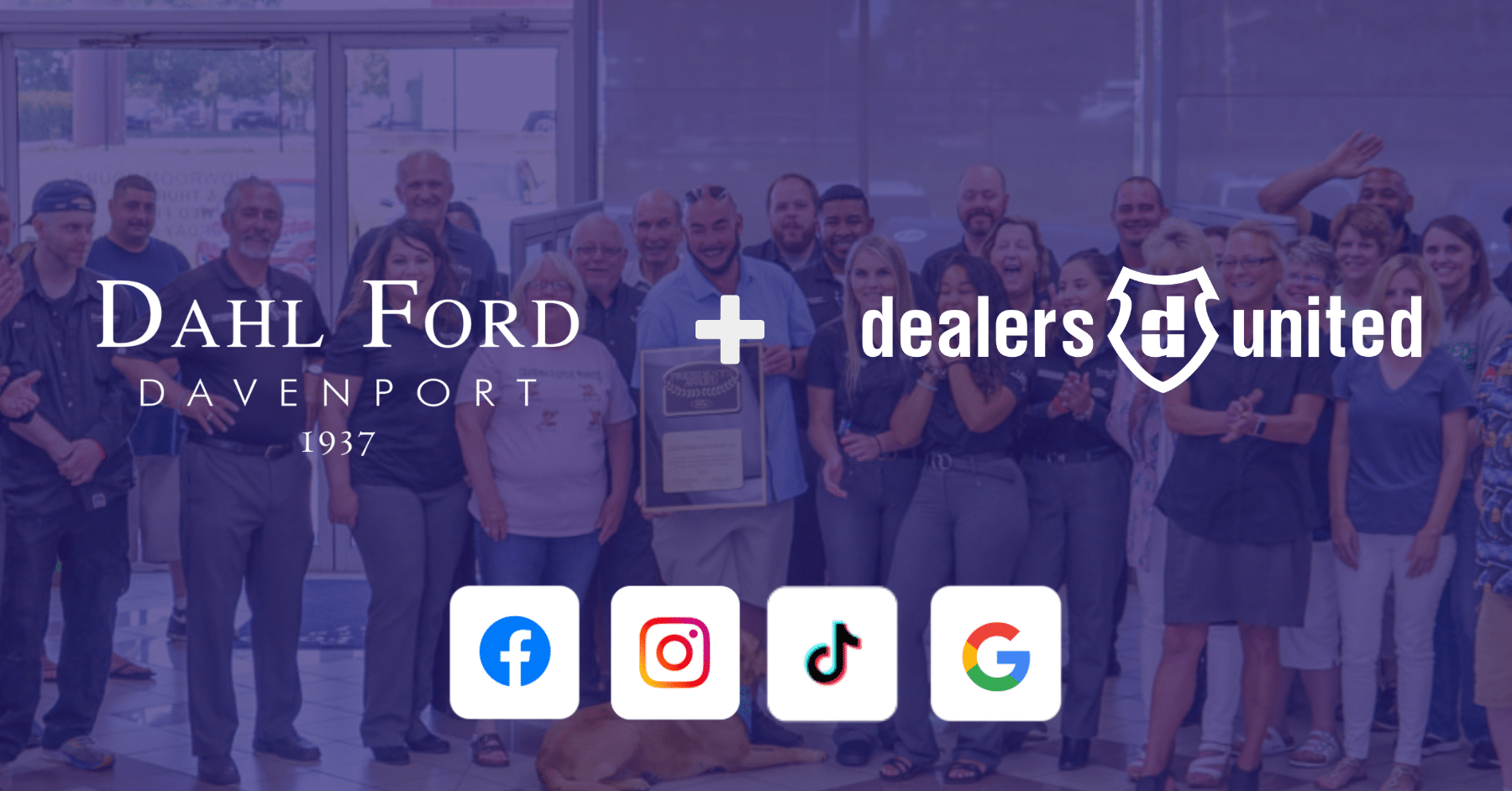
Successful car dealerships must keep up with the ever-evolving technology and competitive landscape…which means mastering online marketing channels like search engine optimization (SEO), search engine marketing (SEM)/pay-per-click ads (PPC), and social media. By partnering with Dealers United’s full-service digital team, Dahl Ford Davenport implemented a unified cross-channel strategy that allowed them to dominate their local market, capture more leads, and drive higher-quality traffic to their website and showroom.
Dominating Local Search Through Geo-Targeted SEO
Within just 90 days of launching a new SEO campaign with Dealers United, Dahl Ford saw a 24% increase in organic traffic and improved rankings by 50 positions for the valuable “Ford Escape near me” keyword. Their success was driven by optimizing web content for geo-targeted searches like “Cedar Rapids car dealerships,” “Quad Cities car dealers,” and “Davenport used cars.”
Click here to book a demo and see how we can help you optimize your SEO strategy.
On-Page Optimization & Keyword Mapping
The key to Dahl Ford’s SEO success started with comprehensive keyword research to identify the most relevant and high-value search terms for their target audiences and sales goals. Dealers United then meticulously mapped these keywords across website pages, title tags, meta descriptions, header tags, and body content. This strategic placement of topically-relevant keywords and synonyms improved the semantic relevance and rankings for those terms.
Technical SEO Boosts & Local Citations
Beyond on-page elements, Dealers United’s technical SEO team enhanced site speed, mobile-friendliness, and URL structures for better search engine crawlability of Dahl’s website. They also built an extensive profile of consistent NAP (name, address, phone) listings across online directories like Google My Business, Bing Places, and others – reinforcing Dahl Ford’s local relevance.
Intelligent SEM/PPC Campaigns for High-Intent Auto Shoppers
To complement their SEO efforts and capture high-intent searchers, Dahl Ford’s SEM strategy utilized advanced tactics like AI bidding algorithms, dynamic ad creative based on consumer data, and granular audience targeting by previous shopping behavior. This data-driven approach allowed them to efficiently acquire 1,014 leads at an average cost per lead of just $32.33 over a 90-day period.
Want an SEM strategy that actually drives leads? Book a demo here.
Automotive SEM/PPC Audience Targeting Tactics
Some of the innovative audience targeting methods included:
- Retargeting previous website visitors
- Using in-market auto intenders based on search histories
- Layering affinity categories for models like trucks, SUVs, etc.
- Creating customer match audiences from Dahl Ford’s own CRM data
These precise targeting capabilities within ad platforms like Google Ads ensured their paid search campaigns reached the right shoppers at the ideal moments.
The “Market Disruptor” Social Ad Campaigns
Dahl Ford used innovative social media marketing to promote their brand promise of unbeatable local offers. Their “Market Disruptor” Facebook/Instagram campaign generated 2,295 leads at $26.57 per lead and 384 matched vehicle sales at $158.78 per unit sold.
Ready to run campaigns that drive results like Dahl? Book a demo here.
Using TikTok Video Ads to Disrupt the Local Market
Taking their disruptive approach to new heights, Dahl Ford’s TikTok video ad campaign showcased bold creative concepts that immediately captured viewer attention. The campaign racked up 12,990 clicks at just $0.92 per click, over 2 million total views, and an impressive 30-second average watch time per viewer. This exemplified how engaging content in an emerging channel can provide a competitive edge.
Maximizing Visibility for Dahl’s Dealership
By combining SEO to maximize organic visibility, SEM to target high-value searches, and cutting-edge social ads that disrupted their local market – Dahl Ford’s unified digital strategy with Dealers United generated more overall leads and website traffic.
Their impressive results prove that a comprehensive online presence powered by intelligent audience targeting and compelling creative is now critical for automotive dealerships to stand out from competitors and keep sales booming.
Click here to book a demo and see how we can generate high results for your dealership.
Dominate SEO, SEM, & Social
